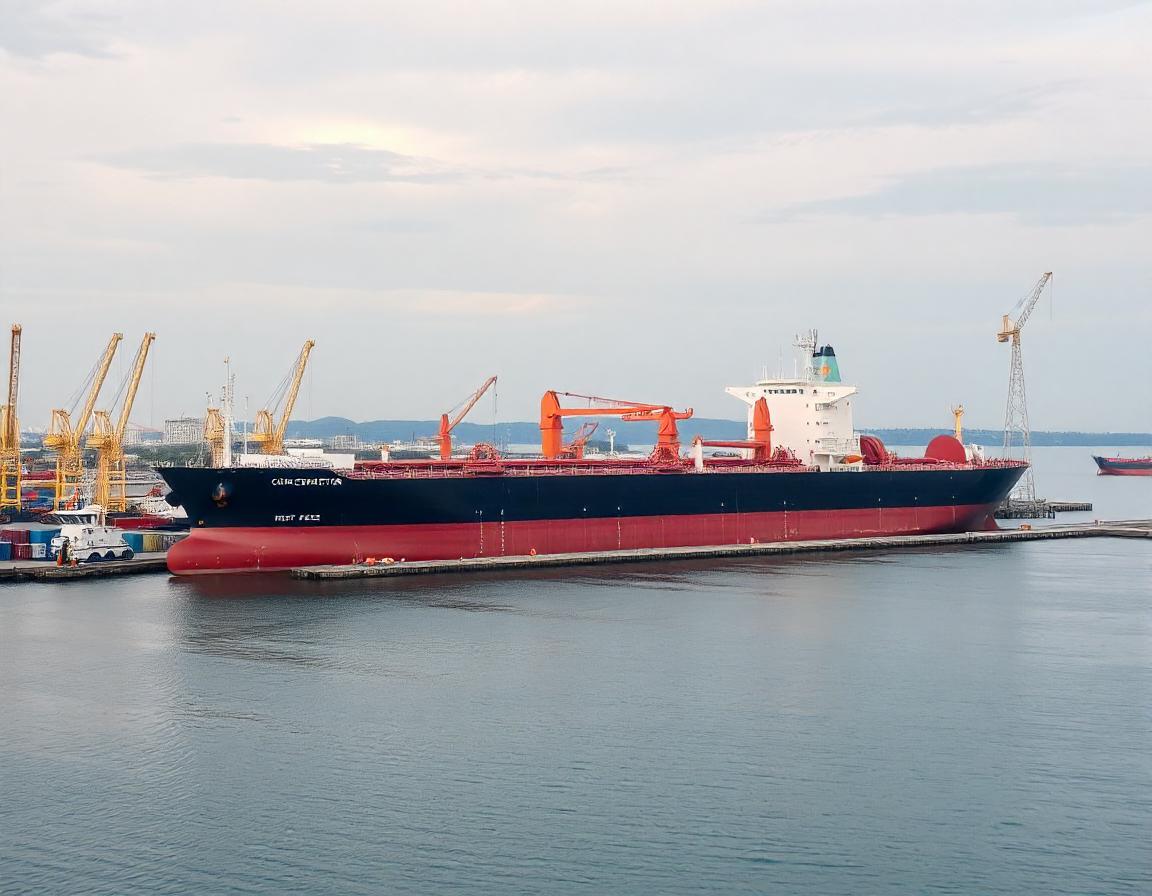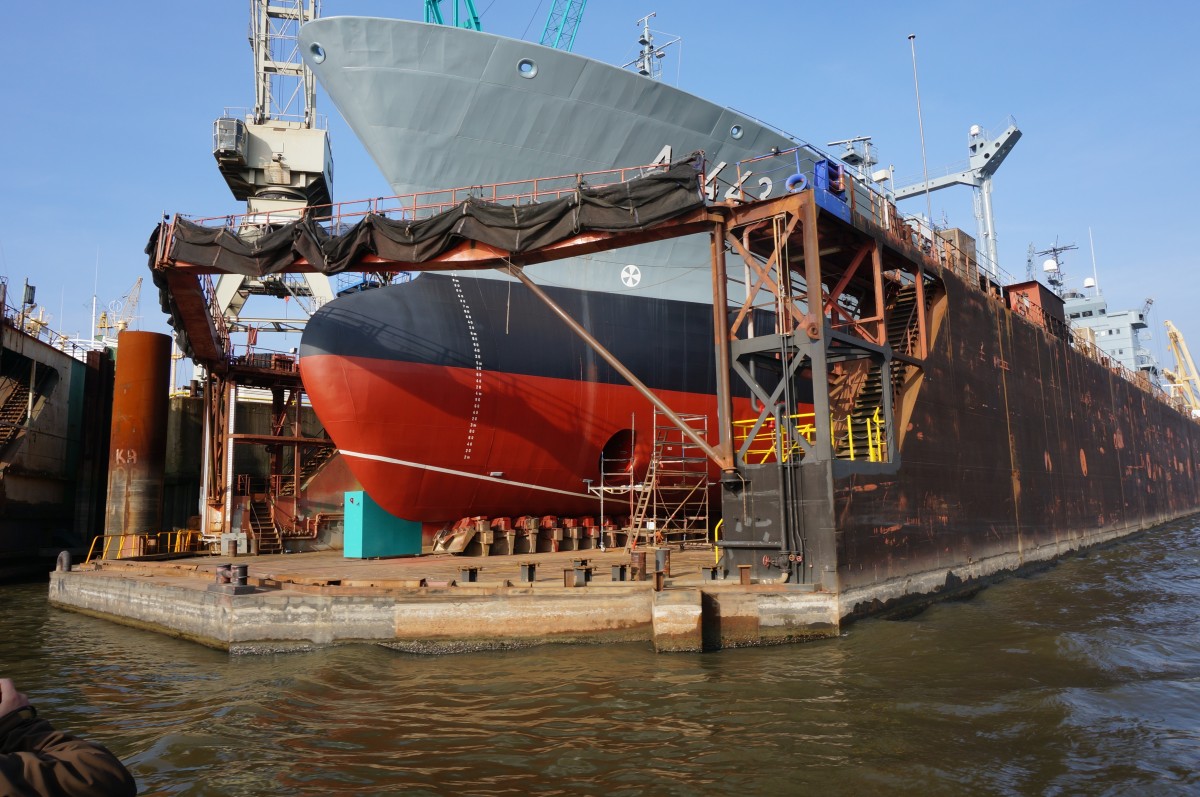Drydocking is a critical process in maintaining and repairing vessels, but it can also be complex and time-sensitive. Knowing what to expect at each stage helps shipowners, superintendents, and service companies streamline operations, control costs, and avoid unnecessary delays. Here’s a comprehensive overview of the drydocking timeline, from planning to completion.
1. Pre-Drydocking Preparation
The foundation of a successful drydocking begins well before the vessel arrives at the shipyard.
- Repair Specification Review:
Prepare a detailed repair specification document outlining the work required. This will guide shipyard selection and cost estimation. - Shipyard Selection:
Compare quotes, evaluate facilities, and choose a shipyard that meets your timeline, budget, and technical requirements. - Budget Planning:
Factor in not only the work outlined in the specifications but also potential contingencies like additional labor or material costs. - Logistical Arrangements:
Plan for the vessel’s arrival at the shipyard, including berthing, crew transfers, and equipment movement.
2. Arrival and Inspection
Once the vessel arrives at the shipyard, the drydocking process officially begins.
- Initial Inspection:
The vessel is inspected alongside shipyard representatives to confirm the scope of work and identify additional issues that may not have been evident during planning. - Docking Process:
The vessel is carefully positioned in the dock or slipway, ensuring structural stability throughout the repairs.
3. Execution of Repairs
This stage involves carrying out the specified repairs, modifications, and maintenance.
- Hull Cleaning and Inspection:
Removal of biofouling, followed by a thorough hull inspection to assess any additional damage or wear. - Mechanical and Structural Repairs:
Work on key components like engines, propellers, rudders, and ballast tanks. - Coating and Painting:
Application of anti-fouling coatings and any repainting work to improve efficiency and comply with environmental regulations. - Ongoing Monitoring:
Regular updates between the shipyard, superintendents, and owners to ensure timelines and costs are adhered to.
4. Testing and Final Inspections
Before the vessel can return to service, several checks and trials are conducted.
- Sea Trials:
The vessel undergoes sea trials to ensure that all repairs and modifications function as intended. - Classification Society Inspections:
Ensure compliance with international regulations and that all work meets class requirements. - Handover Documentation:
Obtain detailed records of the work completed, which are essential for future planning and warranty claims.
5. Post-Drydocking Evaluation
The process doesn’t end when the vessel leaves the dock.
- Performance Monitoring:
Evaluate the vessel’s performance post-repair to identify any issues early. - Debriefing and Feedback:
Review the project with the shipyard and crew to identify lessons learned and improve future drydocking plans. - Record Keeping:
Update maintenance logs and regulatory documents to reflect the work completed during the drydocking process.
Why This Timeline Matters
Each stage of the drydocking timeline plays a vital role in ensuring operational efficiency, cost management, and compliance. By understanding what to expect at every step, shipowners and superintendents can prepare more effectively, reducing downtime and maximizing value.



